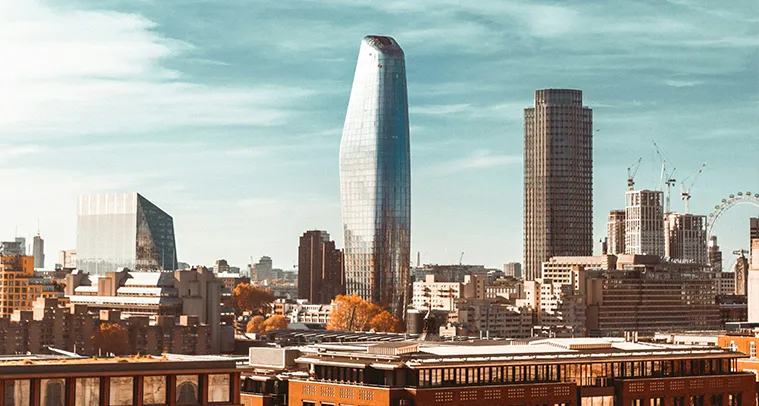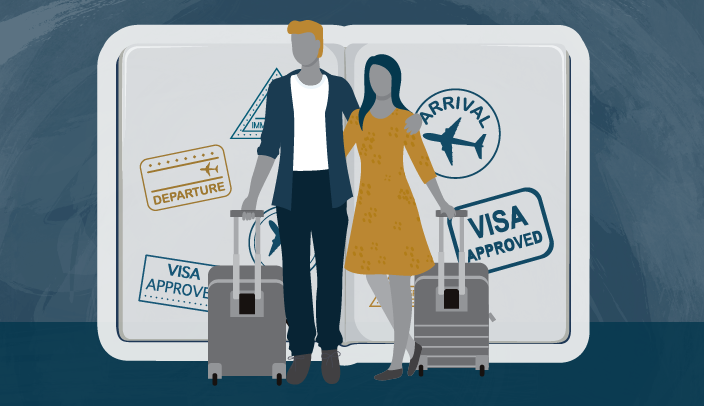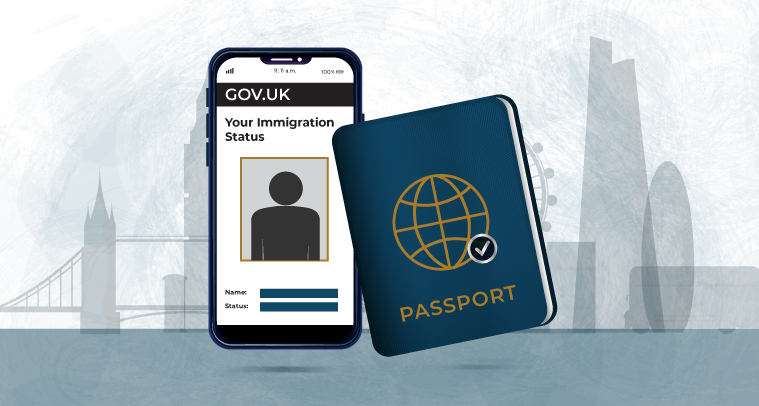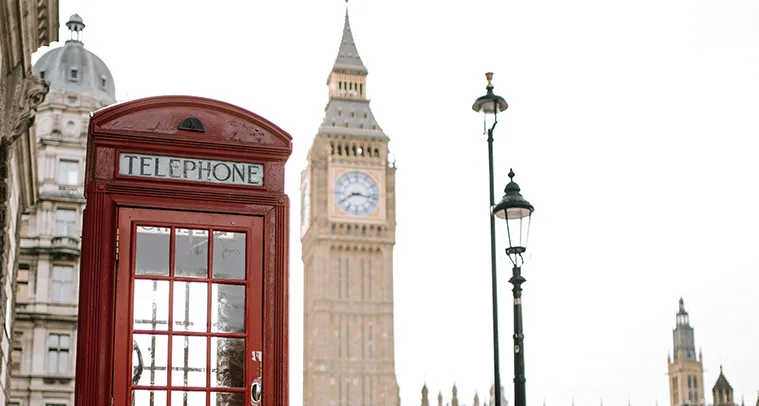
What is indefinite leave to remain?
Indefinite leave to remain (ILR) grants a person the right to live, work and study in the UK without being subject to immigration controls. Unlike visas, ILR has no expiry date, but you must be mindful of travel restrictions to maintain your status. Once granted, it allows individuals to apply for British citizenship after meeting additional eligibility criteria.
Who can apply for ILR?
You may be eligible to apply for ILR if you have lived in the UK for a qualifying period on a valid UK visa. Common visa categories leading to ILR include, but are not limited to:
- Skilled Worker visa – after five years of continuous residence
- Global Talent visa – typically three or five years, depending on endorsement
- Innovator Founder – after three years, depending on circumstances
- Family visa (Spouse, Partner or Parent) – after five years
- UK Ancestry visa – after five years of living in the UK
- Long Residence Route – after 10 years of continuous lawful residence in the UK on any valid visa
Key eligibility requirements
Each route to ILR has individual eligibility requirements. Generally, you must meet the following key requirements to qualify:
Immigration status requirement
To apply, you need valid leave to remain on the date of your application. If you're on immigration bail or have breached immigration laws, you won’t be eligible for ILR.
Continuous residence
You need to have lived in the UK continuously for the required period. For most people, that’s five years, but depending on your visa type, it could be as short as three years or as long as 10.
You’ll also need to keep an eye on your time spent outside the UK. If you’ve been away for more than 180 days in any 12-month period during your qualifying time, it could affect your eligibility. So, if you travel a lot, it’s worth double-checking your absences to make sure you stay on track.
Some breaks in continuous residence may be exempt, such as those caused by travel disruptions from a natural disaster or pandemic, or due to compelling personal circumstances. To avoid refusal, you'll need to provide a detailed explanation to the Home Office for any of these types of absences.
Knowledge of language and life in the UK
You’ll need to pass the Life in the UK Test. This covers important topics like British history, culture and laws, helping to ensure you have a good understanding of life in the UK. Should you successfully complete the test, this can later be used to satisfy the requirements to become a British Citizen.
You’ll also need to prove your English language proficiency at a B1 level or higher. This can be done by taking an approved test or providing an accepted qualification as evidence of your skills. If you've already proven your English proficiency in a previous visa application and the Home Office accepted it, you can reuse those documents for your ILR application.
Children under the age of 18 and adults over the age of 65 are exempt from the Life in the UK and English language requirements.
Good character requirement
You must not have any serious criminal convictions or violations of UK laws. A clean record is essential for your application to be considered.
Additionally, any history of tax avoidance or deception in visa applications could affect your chances of getting ILR. Transparency and compliance with UK regulations are key to a successful application.
Financial requirements
Several ILR routes come with financial requirements. Some require meeting a minimum income threshold, while others need proof that you can support and accommodate yourself without public funds. To avoid refusal, it's crucial to submit the right documents to the Home Office to confirm you meet these financial criteria.
How to apply for indefinite leave to remain
Step 1: Check your eligibility
Before you apply for ILR, make sure you tick all the right boxes – residency, financial stability, good character and any additional eligibility requirements for your visa route. Meeting these is key to a smooth application process.
Taking the time to double-check everything before you apply can make a big difference. It not only boosts your chances of approval but also brings you one step closer to settling permanently in the UK.
Step 2: Prepare the necessary documents
You will need:
- A valid passport or travel document
- Your current visa, Biometric Residence Permit (BRP) or eVisa
- Proof of continuous residence in the UK (such as utility bills, rental agreements or employment records)
- Evidence of English language proficiency
- Certificate proving you have passed the Life in the UK Test
- Payslips, bank statements or proof of self-employment if financial evidence is required
- Proof of relationship, if such evidence is required
Step 3: Submit the ILR application
Applying for ILR through the UK Home Office website requires using the correct form for the visa route you are currently on. The process can be complex, and mistakes can be costly, so using a dedicated immigration service can help ensure a smooth application.
Step 4: Attend a biometric appointment
You’ll need to submit fingerprints and a photograph at a UK Visa and Citizenship Application Services (UKVCAS) centre.
Your application will be processed by the Home Office from the date you attend your biometric appointment. Standard processing takes up to six months, but priority services are available for an extra fee, offering decisions within five working days or even the next day.
Step 5: Wait for a decision
If approved, you will have to register with UKVI for an eVisa which will reflect your ILR status. As of December 2024, BRPs have been replaced with this new digital system.
An eVisa is an online record of your immigration status and the conditions for your permission to enter or stay in the UK. This will be used to share relevant information, such as your right to work or right to rent.
Costs and processing time
| Service | Fee |
|---|---|
| ILR application | £2,885 |
| Super Priority Service (24-hour decision) | £1,000 |
| Priority Service (five-day decision) | £500 |
| Life in the UK Test | £50 |
| English Language Test | Around £50 |
Processing times vary but typically take up to six months unless using a priority service.
ILR for dependants and family members
Spouses, partners and children can apply for ILR after living in the UK for five years under a family visa. Children under 18 may also be eligible if they hold a valid visa and at least one parent already holds ILR or is applying at the same time.
Travel restrictions after ILR is granted
ILR can be revoked if you leave the UK for more than two consecutive years. If your ILR is revoked due to an extended absence, you may need to apply for a Returning Resident visa to regain entry into the UK.
Common reasons for ILR refusal
- Your ILR application may be rejected due to:
- Excessive absences from the UK during your qualifying period
- Failure to pass the Life in the UK Test or meet the English language requirement
- Criminal convictions or breaches of immigration rules
- Incorrect or insufficient supporting documents
- Errors in your application form
If your application is refused, you may have the option to appeal or reapply after resolving the issues. However, this can be a costly and time-consuming process. To maximise your chances of success, it’s best to work with a trusted immigration firm like Sable International. Our experts ensure that all your documents are in order and your forms are correctly completed, giving you the best possible outcome from the start.
Applying for British citizenship after ILR
Once you have ILR, you can apply for British citizenship if you meet these conditions:
- You have held ILR for at least 12 months (unless married to a British citizen, in which case you can apply immediately after ILR).
- You were in the UK at the beginning of the period of five years ending with the date of application (unless married to a British citizen, in which case it will be three years).
- You have not been absent for more than 450 days in the five-year period (unless married to a British citizen, in which case you must not have been absent for more than 270 days in the three-year period).
- You have not spent more than 90 days outside the UK in the past 12 months.
- You meet the good character requirements and have no serious criminal history.
Applying for citizenship involves an additional application process and costs £1,630.
ILR vs. British citizenship: What’s the difference?
| Feature | ILR | British citizenship |
|---|---|---|
| Right to live/work in UK | Yes | Yes |
| Right to vote | No | Yes |
| Passport issued | No | Yes |
| Subject to immigration control | No | No |
| Can be revoked after long absences | Yes (after 2 years) | No |
While ILR allows you to stay in the UK permanently, British citizenship provides full rights, including the ability to get a British passport and vote in UK elections.



